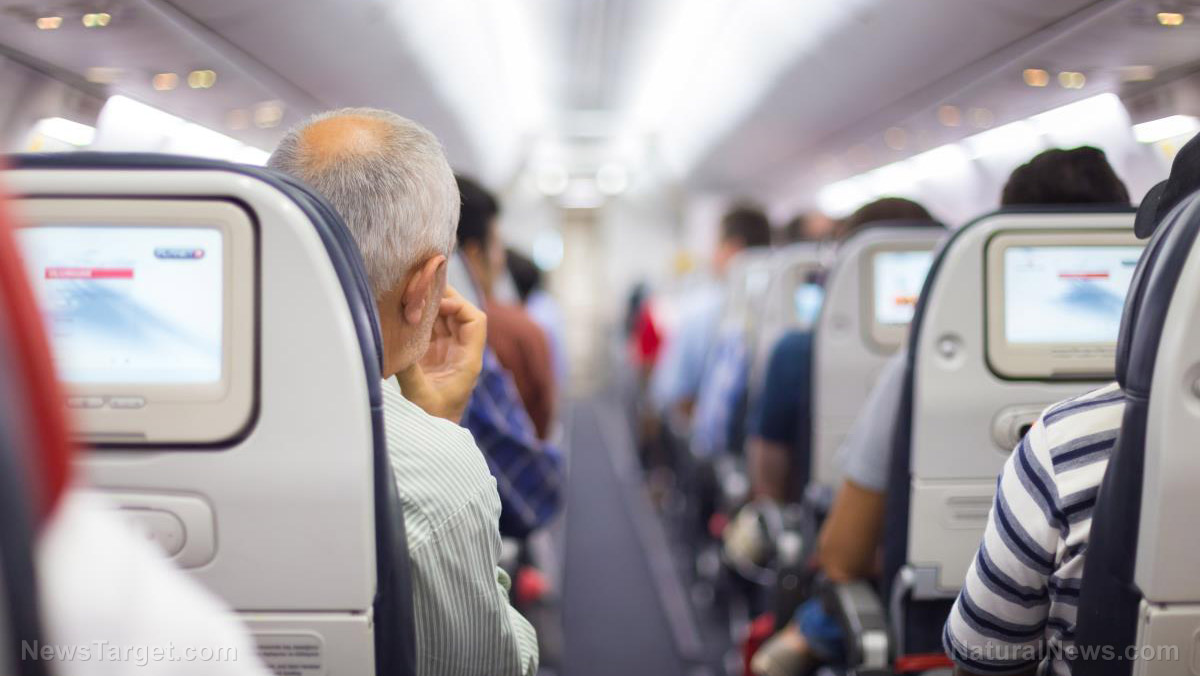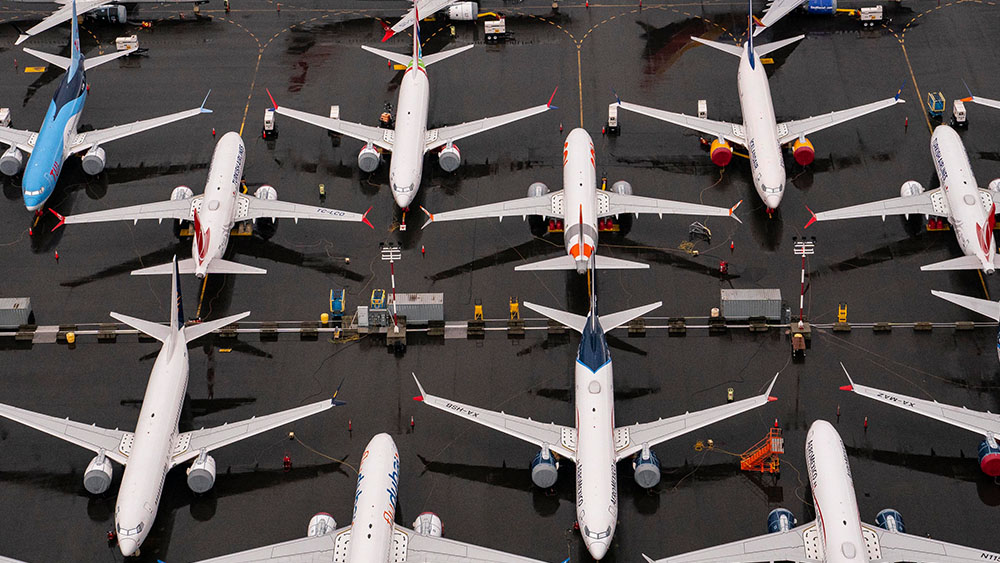2020, Already the Year of Zombie Airlines
by Wolf Richter, Wolf Street:
 And the year has just started.
And the year has just started.
In South Korea:
Hyundai Development Company (HDC) and Mirae Asset Daewoo (MAD) were “selected” in November by the Korean government as “preferred bidders” to purchase a large share in the country’s second largest airline, Asiana, whose financial troubles we have previously covered.
Asiana’s financial situation has been steadily deteriorating: Total debt at the end of the first half of 2019 ballooned to 9.6 trillion won, or over $8.2 billion, and passenger numbers to the once profitable Korea to Japan routes have been reduced to a mere trickle. These are terrible numbers that should have long sent Asiana into bankruptcy protection and executives in damage control mode, as Asiana is apparently underreporting lease costs as well.
However, this is not about rescuing an airline that is likely to keep on losing money for years but about bailing out the Kumho-Asiana chaebol (family-owned conglomerate) which is sinking under the weight of its enormous debts: proceeds from this sale won’t go toward paying Asiana creditors but entirely to Kumho.
It’s expected HDC and MAD will pay Kumho about 2.5 trillion won (over $2.1 billion) for a 31% share in the airline, most likely more than the whole airline is worth. In 2018, Kumho-Asiana had already been forced to sell a 45% stake in their tire division, Kumho Tires, for $600 million to Qingdao Doublestar to raise quick cash and avoid bankruptcy.
As the Korean government organized and oversaw this operation every step of the way, this is yet another act in the massive bailout of the country’s conglomerates which started in 2016 with a huge stimulus package aimed at the country’s financially troubled maxi-shipyards and that shows no sign of slowing down.
In India:
In December, the Indian government, after many changes of heart, finally announced they are going to get rid of the entirety of Air India by seeking to sell 100% of the money-losing airline. Air India is reportedly sitting on $10 billion in debt and in 2019 was cut off from fuel supplies at several airports due to unpaid bills by the state-owned Indian Oil Corporation (IOC) before the government stepped in with a bridge loan.
All previous attempts to privatize parts of Air India met with complete lack of interest: Besides the company’s financial woes, prospective buyers were no doubt scared away by the Indian government’s well-known tendency to meddle in restructuring plans for newly privatized companies, but this time it’s different, or so the Indian government assures us.
They are even ready to consider waving foreign ownership limits to get rid of this hot potato and to transfer over $7 billion of Air India debt onto other state-owned enterprises. Unfortunately, there’s not a word about how the government will react when the new owners will have to cut jobs, eliminate unprofitable but politically important routes, sell assets, and slash the compensation of state-appointed executives in an attempt to restore profitability.
In Italy:
In terms of basket-case Alitalia, it turns out the robust campaign to promote a sale to Lufthansa was based on wishful thinking and not reality, just like the bid Lufthansa was supposed to place for Thomas Cook operations earlier this year. Lufthansa has zero interest in Alitalia, already owns an Italian subsidiary (Dolomiti), and while the group as a whole is in good financial shape, the onslaught by Ryanair, EasyJet, and a slew of Turkish airlines such as SunExpress on the German market is severely impacting profitability on short routes, to the point the low cost Lufthansa subsidiary, Eurowings, is predicted to lose money at least into 2021.
Alitalia entered the third year of “extraordinary administration” (a form of bankruptcy protection) in May 2019, and has exhausted the €900-million lifeline extended by the Italian government two years ago. A new €400-million lifeline should be available by the end of January 2020, as no serious buyers were found. This fresh “this-is-not-a-bailout-honest” money is urgently needed as Alitalia is reported to have lost €600 million in 2019.
Alitalia has been at the center of a complicated political match since August 2018 when a highway bridge collapsed in Genoa killing 43 motorists. While the criminal trial is likely to last many years with a far-from-settled outcome, it was immediately apparent that this horrifying event was not the fruit of chance but of lack of maintenance.
The Atlantia conglomerate, which runs most the Italian highway network under license from the government, became the prime suspect. Atlantia has since been hinting that it might be willing to buy “a large stake” in Alitalia, a political hot potato for obvious reasons.
This drove away the only serious bidder, low-cost behemoth EasyJet, which was ready to buy a stake in Alitalia in return for slots at the highly constrained Milano Linate airport. In short, it’s a mess.
I’d venture to say it’s time for Alitalia to go. The company should be liquidated and the assets auctioned off to pay off debts, starting with the bridge loans provided by the government.
But among those not able to bid for these assets — should they ever come up for sale — will be Italian low-cost airline Ernest, which announced at the end of December that the Italian government would suspend its commercial license on January 13, 2020, and that the airline would suspend operations on that date.
When licenses are suspended in this way, the cause is invariably the inability to finance operations in reliable fashion. While it’s possible Ernest will be back in full form once fresh sources of financing are found (Turkish airline AtlasGlobal is notorious for this pattern of operation), it’s hardly a sign of overall good financial health.
Loading...



